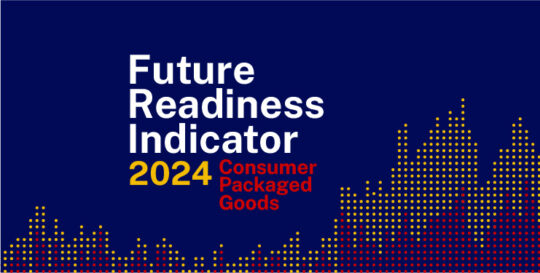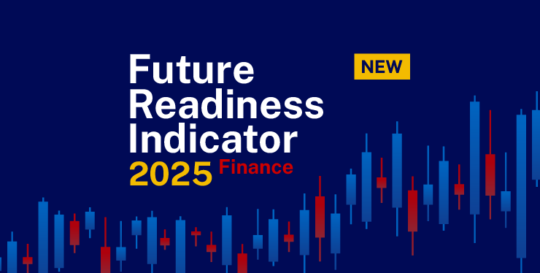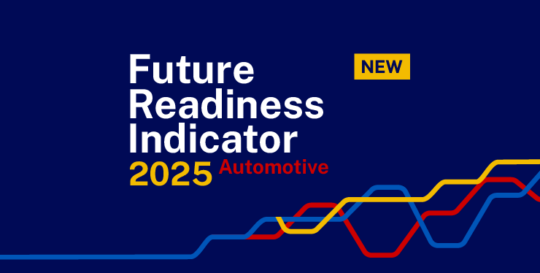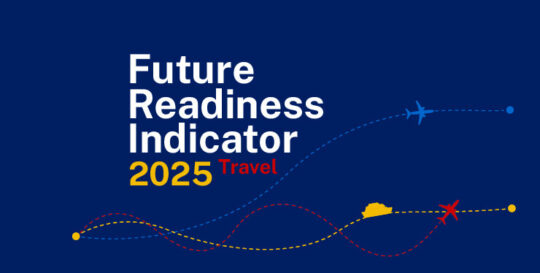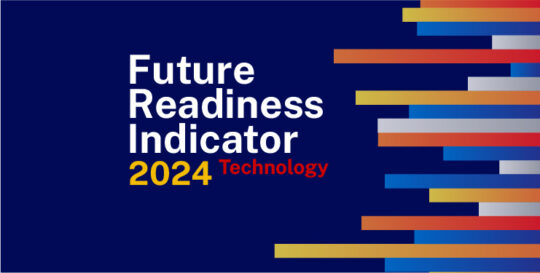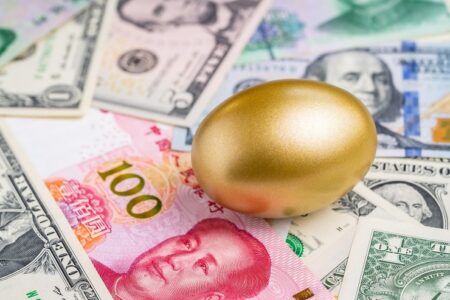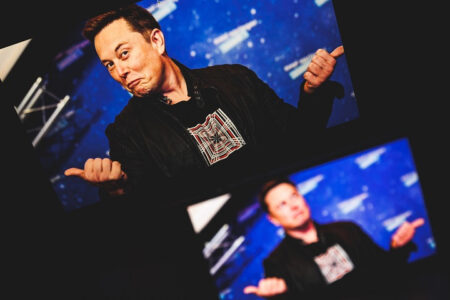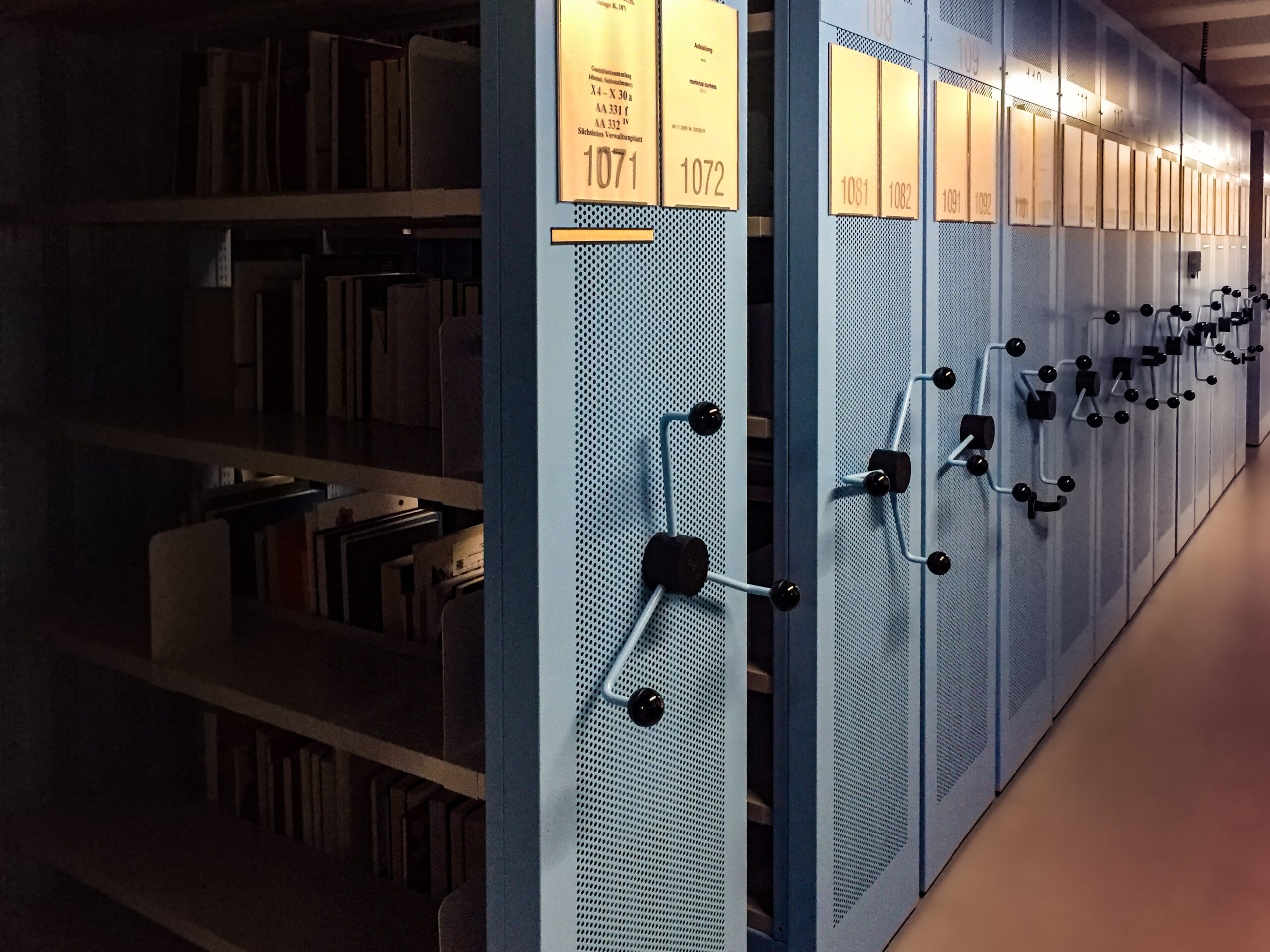IMD business school for management and leadership courses
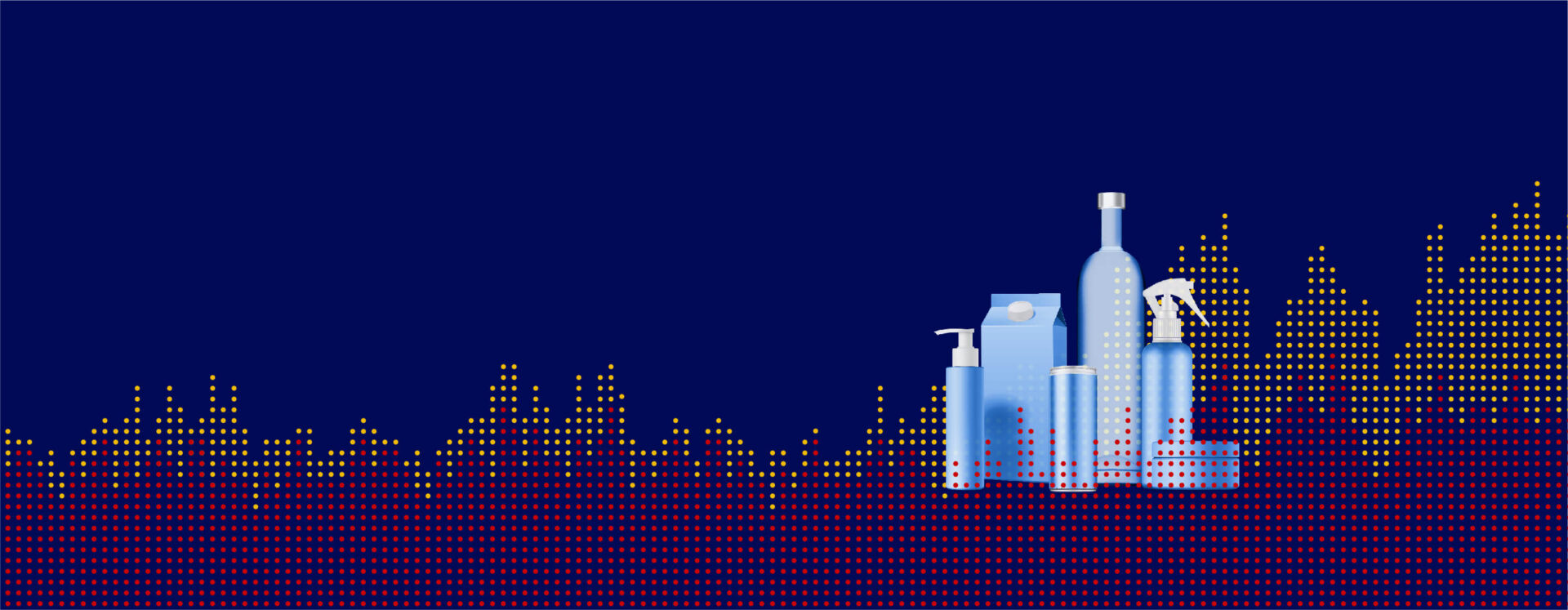

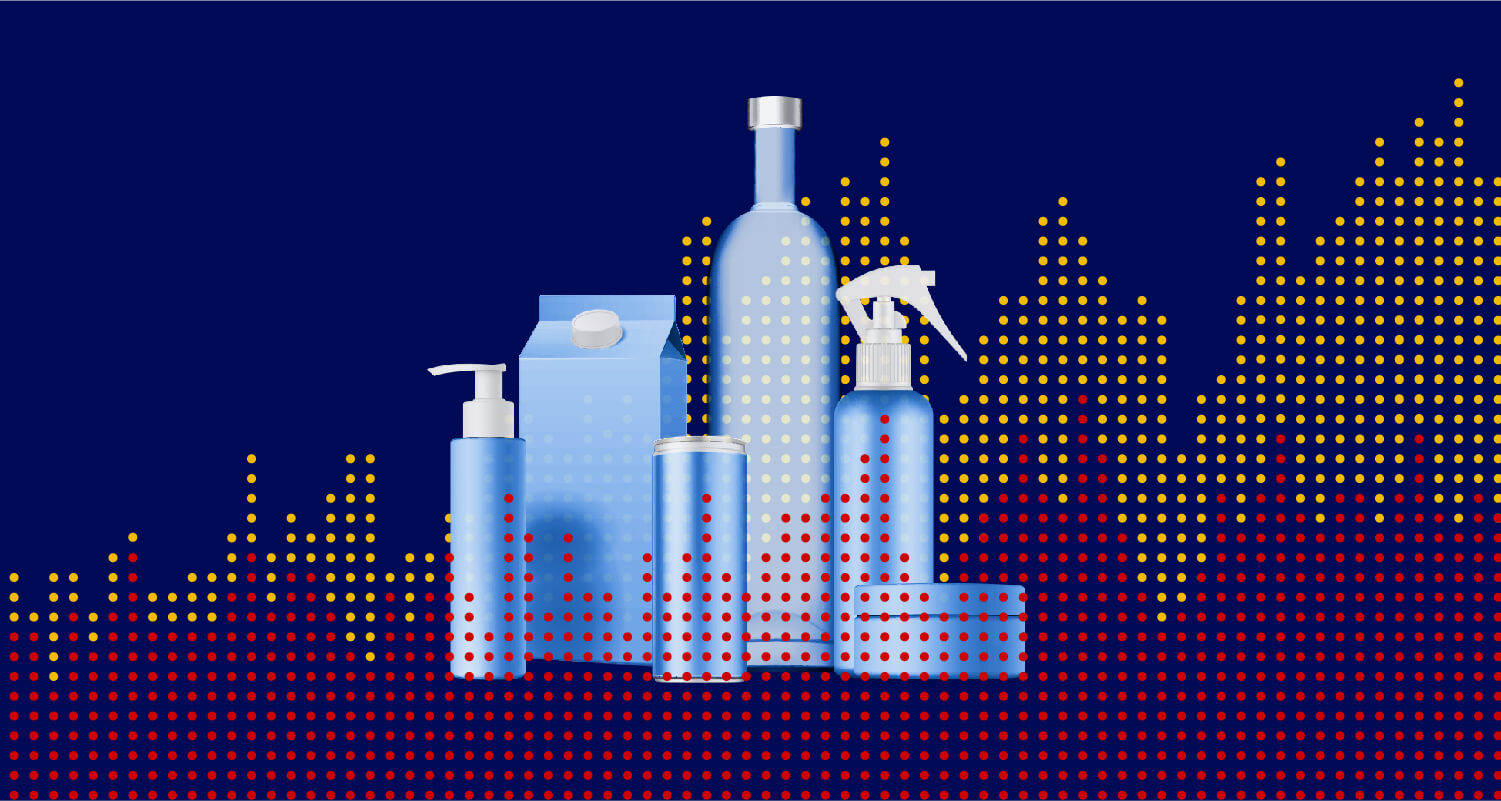
Future Readiness Indicator
The future of CPG: Opportunity is on the horizon
The Consumer-Packaged Goods (CPG) sector faces a dynamic and challenging landscape. Inflation is easing, but it still drives value-conscious, price-sensitive consumer behavior. Meanwhile, demands for personalization, better experiences, health, wellness, and sustainability are rising. What can be learnt from the leaders, such as L’Oréal, which once again leads the Future Readiness Indicator 2025?
- The standout companies – including L’Oréal, Coca-Cola, Nestlé, Procter & Gamble (P&G), Unilever, and others – are not necessarily the largest by revenue, but they excel at anticipating trends, innovating, and adapting ahead of their peers.
- The 2025 leaders also show how consistent investment in innovation, data, and talent turns uncertainty into advantage.
- L’Oréal’s focus on technological innovation to meet modern consumer needs sees it maintain its top spot as the #1 future-ready CPG company.
- Coca-Cola, in second place, shows how its investment in AI-driven insights to fine-tune its supply chain has delivered – as has its culture of evidence-based decision-making and broken-down silos.
The trends shaping CPG and how the leaders respond
Evaluating the future readiness of CPG companies in the demanding 2025 landscape requires assessing their capabilities against the key trends and pressures shaping the industry. Winning requires agility: leveraging AI and analytics, building resilient supply chains, mastering direct-to-consumer (D2C) channels, aligning with consumer values, and innovating relentlessly.
We identified that the top CPG companies excel in five key areas:
- AI and data that is scaled across personalization, supply chains, and efficiency. This encompasses the extent to which AI is integrated not just in pilots but scaled across core business functions.
- D2C and omnichannel offering seamless platforms and strong loyalty programs. The D2C e-commerce market was valued at USD 142.1bn in 2022 and is expected to reach USD 591.3bn by 2032 at a CAGR of 15.4%. It offers direct relationships and rich data. Readiness here is measured by the maturity and effectiveness of the company’s D2C platform(s) and the seamlessness of its omnichannel integration, providing consistent customer experiences.
- Sustainability that is embedded in real eco-friendly practices, not just talk. Future readiness requires more than just statements; it involves tangible commitment to sustainable practices embedded within operations. Critically, it also includes the ability to meet consumer demands for sustainability without imposing excessive price premiums that alienate value-conscious shoppers. Consumers back their stated ESG preferences with their purchasing behaviour, between 46% and 78% of consumers factor in sustainability, with ESG-labelled products outpacing others in sales growth over five years.
- Innovation and portfolio management that enables fast, bold product launches driven by data. This assesses the company’s focus on developing genuinely novel products and services rather than just incremental line extensions, its speed to market, and its ability to dynamically adapt its product portfolio.
- Pricing and finance enabling smart pricing and healthy margins despite pressures. This capability reflects the company’s ability to manage pricing strategically in an environment where broad increases are difficult and effectively balance necessary investments in growth and technology with shareholder returns.
Who is leading the charge and why
L’Oréal emerged as the #1 future-ready CPG company for the second consecutive year, achieving this through its focus on technological innovation to meet modern consumer needs. L’Oréal heavily invests in R&D (about 3.1% of sales) and advanced analytics to drive product development. It uses AI and big data to analyze customer preferences and predict trends, enabling it to launch products that resonate quickly. On the sustainability front, L’Oréal emphasizes natural ingredients and eco-friendly packaging, aligning with consumer values.
Structurally, L’Oréal’s business diversity (solely beauty/cosmetics) is offset by its breadth within beauty – it owns a wide portfolio of brands from mass market to luxury and active cosmetics, giving it multiple growth engines. It also boasts a globally diverse market presence, with strong growth in Asia (notably China) complementing stable sales in Europe and North America. Critically, L’Oréal’s culture champions innovation and agility – it famously operates with a startup mindset despite its size, incubating new brands and investing in tech startups (through its Bold Ventures fund). L’Oréal’s success underscores that even a company over 100 years old can reinvent itself with a data-driven strategy – a model of future readiness in CPG.
Coca-Cola is another top-ranked future-ready company that maintained its second position in 2025. It is known for transforming its traditional beverage business through data and innovation. Its differentiator has been its adoption of AI and advanced analytics at scale to optimize nearly every aspect of its operations. Coca-Cola collects massive datasets on, for example, sales, weather patterns, social media sentiment, and AI models to forecast demand with high accuracy.
These AI-driven insights allow Coca-Cola to fine-tune its supply chain, for instance, producing and distributing just the right amount of each drink for each region, thereby reducing waste and stockouts. Another area Coca-Cola applied AI is marketing: it uses algorithms to assess the effectiveness of campaigns in real time, adjusting ad spend and content for maximum ROI. By democratizing data access internally (making AI tools available to managers at all levels), Coca-Cola has fostered a culture of evidence-based decision-making and broken-down silos.
Beyond process optimization, Coca-Cola has shown innovation in product offerings, important for the Early Results of Innovation factor. Historically known for its flagship soda, the company recognized shifting consumer tastes and aggressively diversified its portfolio. From a financial perspective, Coca-Cola has strong fundamentals: it consistently delivers high margins and cash flows, enabling heavy reinvestment in marketing and innovation.
Other notable performers in the 2025 Future Readiness Indicator (the Indicator) include Colgate-Palmolive, which improved from ninth to sixth place. Its strong financial performance and innovation, likely due to investments in sustainable oral care products, underpinned this rise. Mondelez International jumped from seventeenth to eleventh position, excelling in business diversity and innovation, reflecting its focus on global snack brands and digital marketing. PepsiCo moved from eleventh to ninth, with balanced performance across financials and business diversity, supported by health-focused product lines underpinning this. enabling smart pricing and healthy margins despite pressures. This capability reflects the company’s ability to manage pricing strategically in an environment where broad increases are difficult and effectively balance necessary investments in growth and technology with shareholder returns.
The road ahead
The leaders of the 2025 CPG Future Readiness Indicator show how consistent investment in innovation, data, and talent turns uncertainty into advantage. The data and trends underscore a clear message: future-ready firms turn uncertainty into opportunity; they recognize that future readiness is not a one-time achievement but a continuous imperative. Those who keep that momentum will thrive; those who pause will be overtaken. Looking forward, the dynamic CPG sector will likely see greater convergence with technology, deeper personalization of products, and there will be more emphasis on sustainability and social value in line with consumer expectations.
How is future readiness measured?
Our Future Readiness Indicator is designed to measure a company’s readiness for deep, long-term, secular trends. We use a rule-based methodology to arrive at a composite score for each company, enabling us to identify industry leaders. We can then investigate the behaviors and attitudes of specific companies.
The Future Readiness Indicator assesses a company’s preparedness for the future through a comprehensive methodology. This includes evaluating key factors: Financial Fundamentals, Investor’s Expectations of Future Growth, Business Diversity, Employee Diversity/ESG, Research & Development, Early Results of Innovation, and Cash & Debt. The methodology uses publicly available data, including company websites, annual metric reports, business models, press releases, and third-party sources like CrunchBase, Espacenet, and Sustainalytics. The ranking is based on these factors and aims to provide a holistic roadmap of a company’s position and potential for future success. For more detail on how we develop the Future Readiness Indicator, please visit our Research Methodology page.
Industry report: Future Readiness in the Era of Adaptability
Sectors covered include finance, automotive and CPG.
Sign up to receive our latest insights and stay updated on upcoming events.
